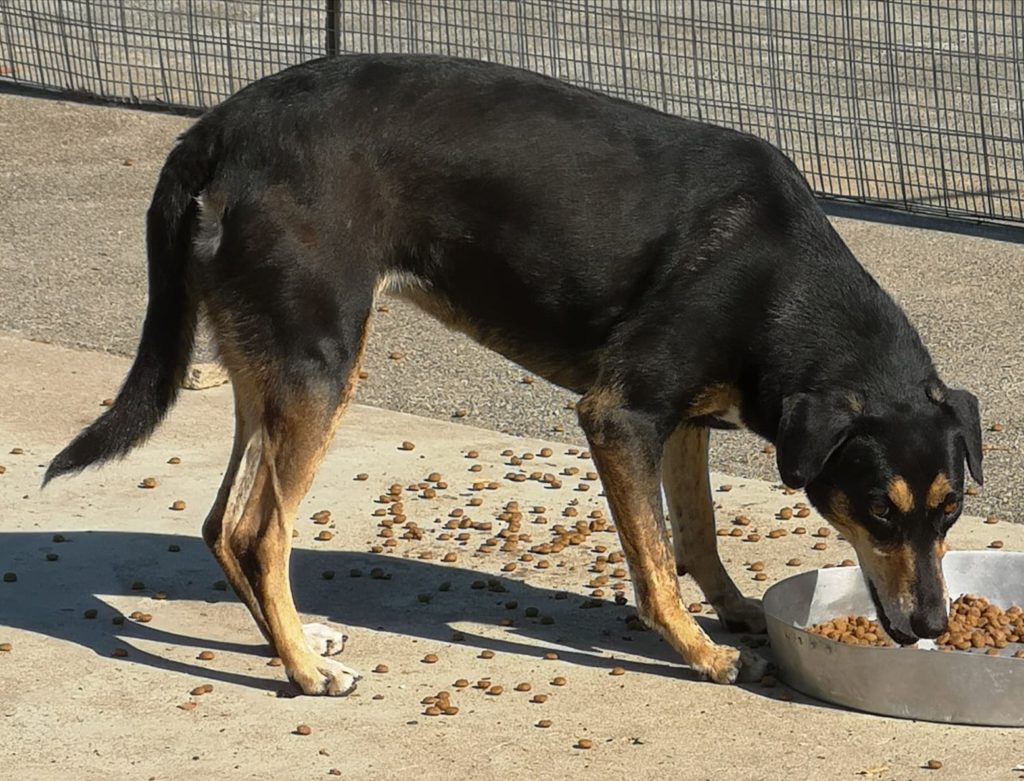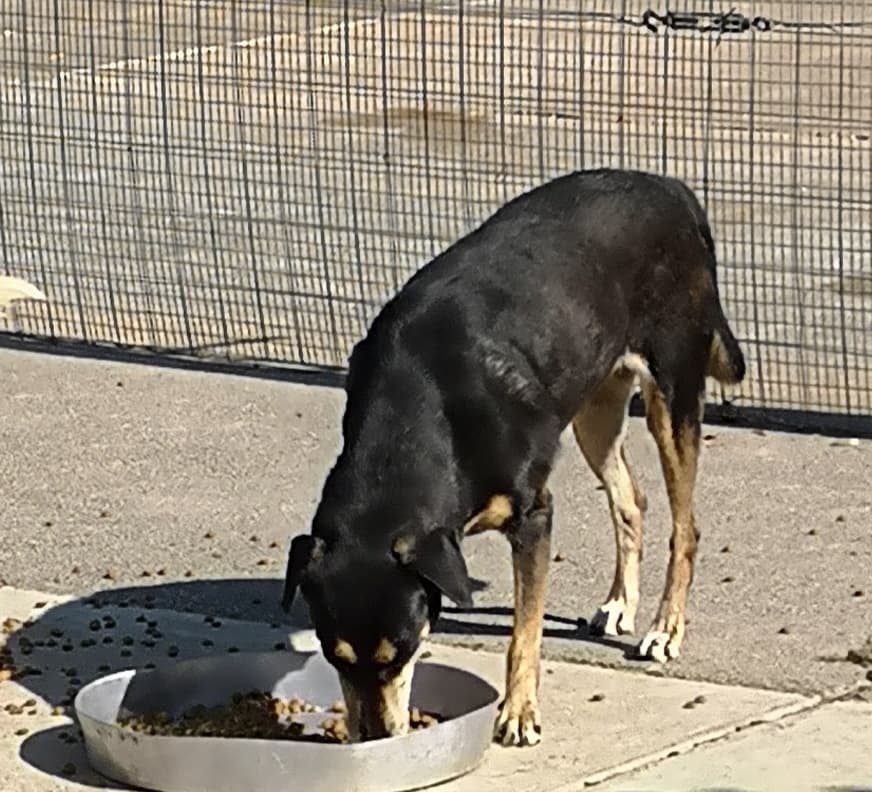The question that has been asked many times? Do I get one puppy or two ? The argument being that two will keep each other company and get into less mischief. I venture to suggest that whilst this may work very occasionally, in the majority of cases it is a recipe for disaster.
Now trying to cope with one pup is hard enough, two puppies is double the trouble and in the majority of instances all that happens is that one puppy gets into trouble and the other one follows. They are only as good as the most badly behaved one of the two.
If you are looking to have a dog in the household permanently may I make the following suggestion. This will stand you in good stead for all the years you want keep dogs.
Think about your lifestyle, so you like walking, if so, you need a dog that can go for long walks so pugs, pekingese, English bull dogs or any sort of breed that has a flat face resulting in restricted breathing is out of the question. Are you house proud or have a respiratory problems then you need to be looking at the breeds that don’t moult like a poodle or a bichon frise. If you have small children you are looking for a dog that is very good tempered and is robust enough to cope with children. Remember that a working breed of dog needs stimulation and in many instances will not be suitable as a family pet.
There are a number of websites available for helping you choose the right dog. Train the dog well, put in the work needed and the benefits will be as follows.
Once you have one really well behaved dog in the home any subsequent dogs generally will be easy. Why. Because the first well trained dog will show the next one how things are done and so on for decades to come Example: when you call the first dog to return to you the second will almost certainly come as well as he will follow the senior dogs example. In the end you probably only need to train one dog and the rest learn from their predecessors.
R
Clearly animals know more than we think and think more than we know
Irene M. Pepperburg



